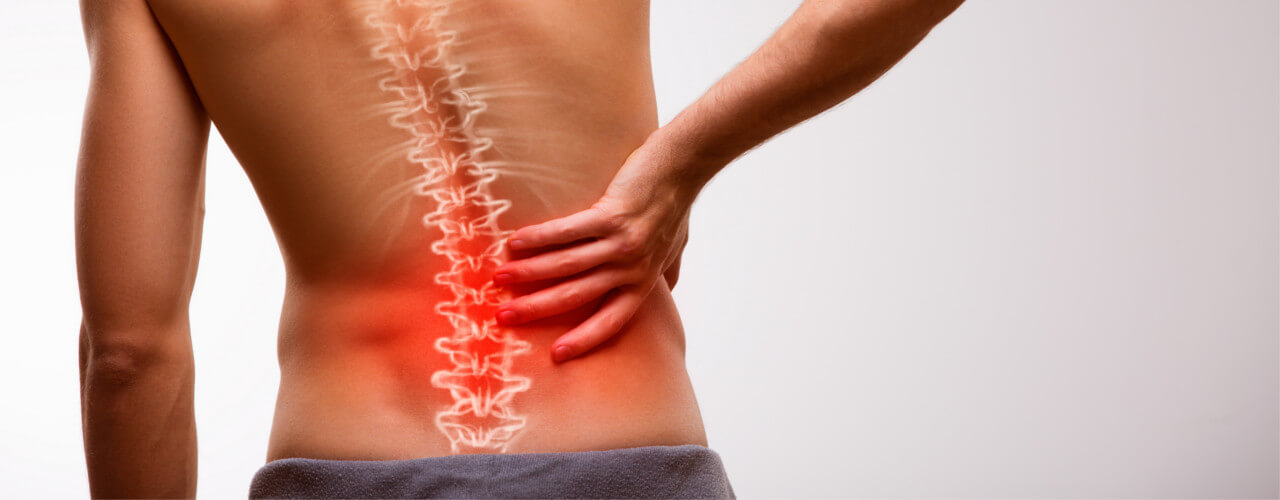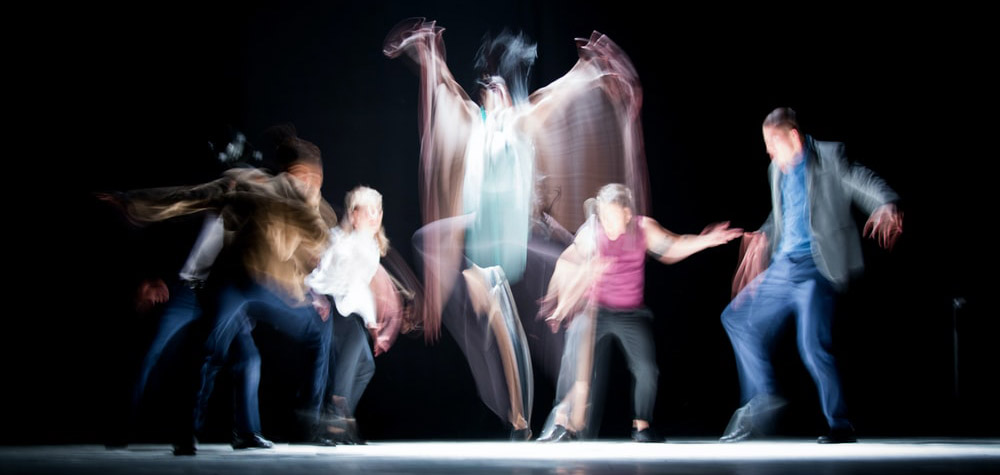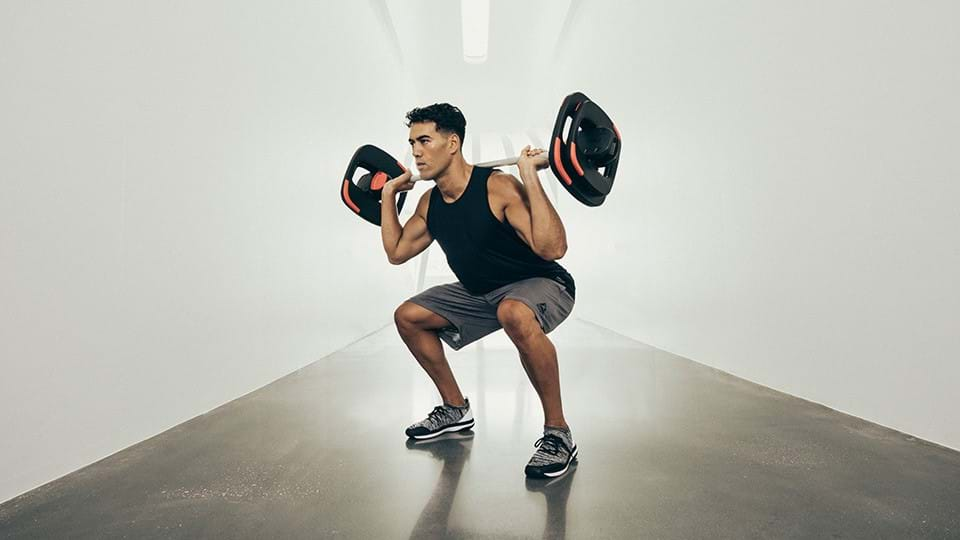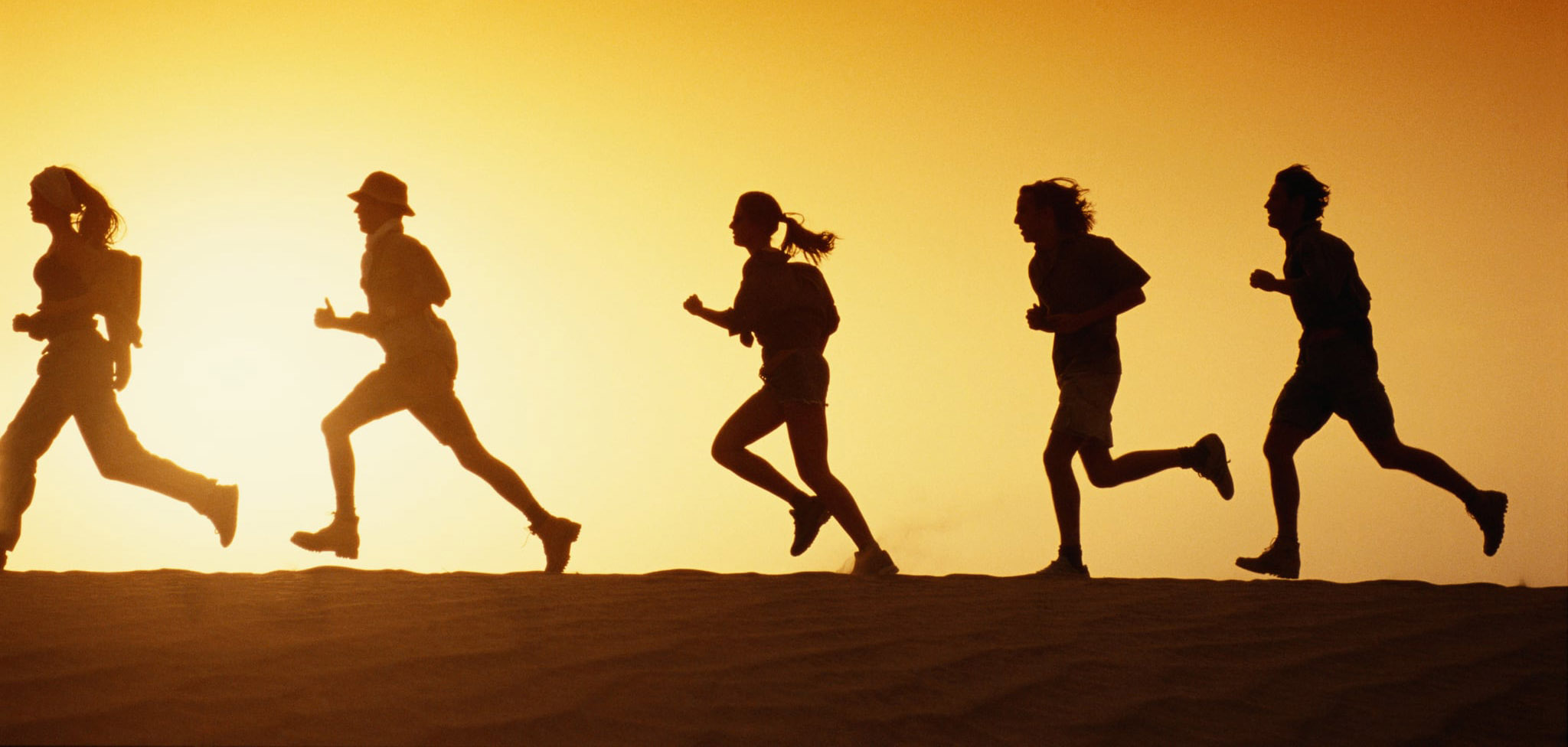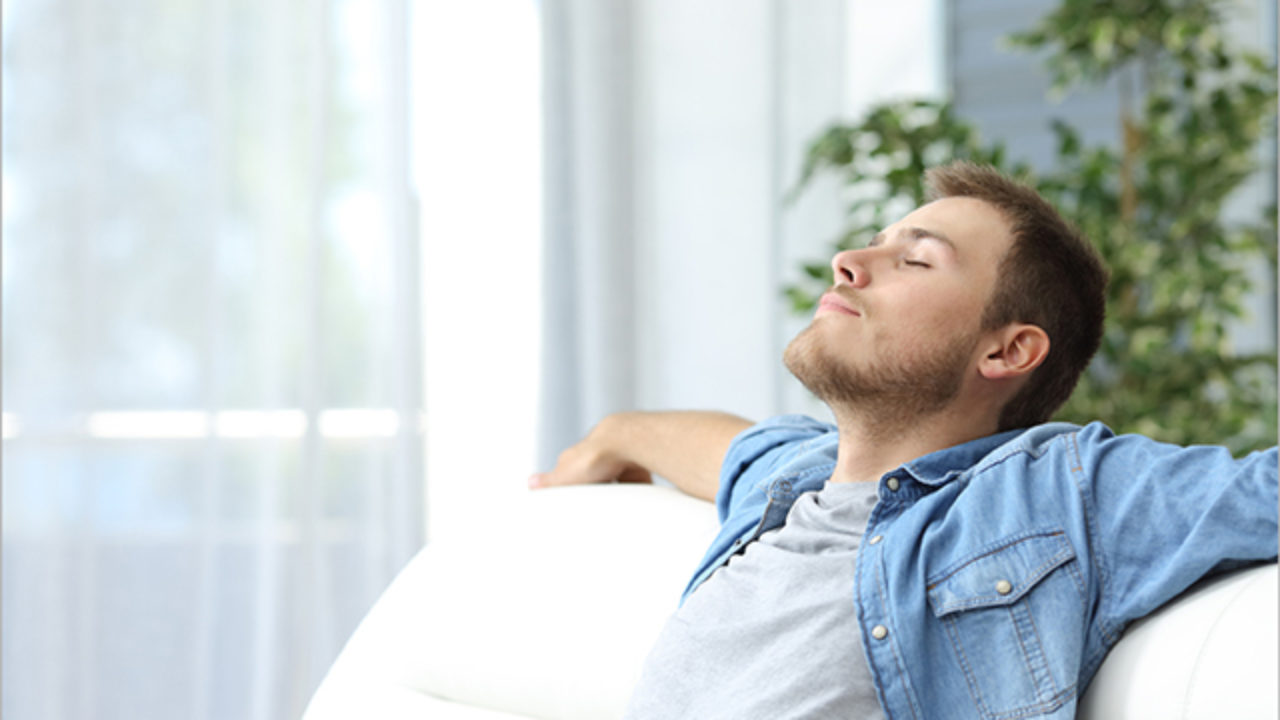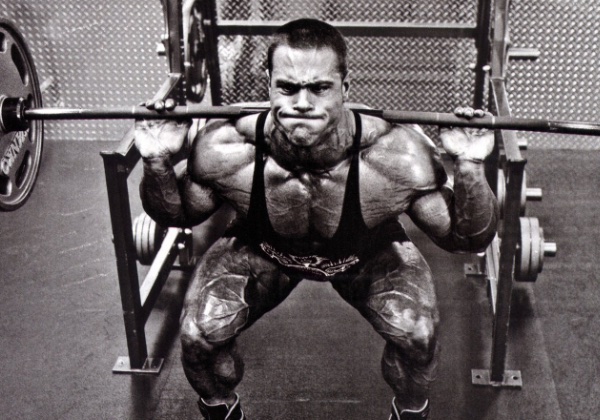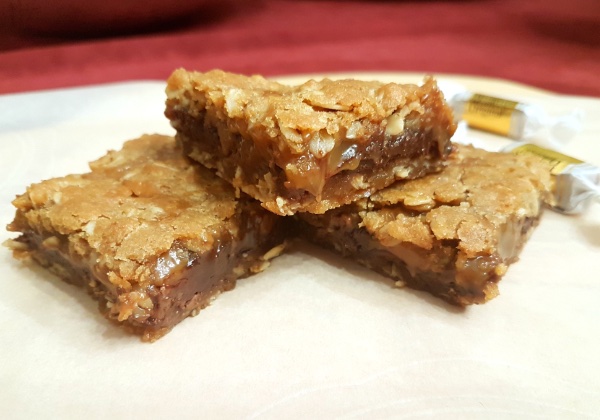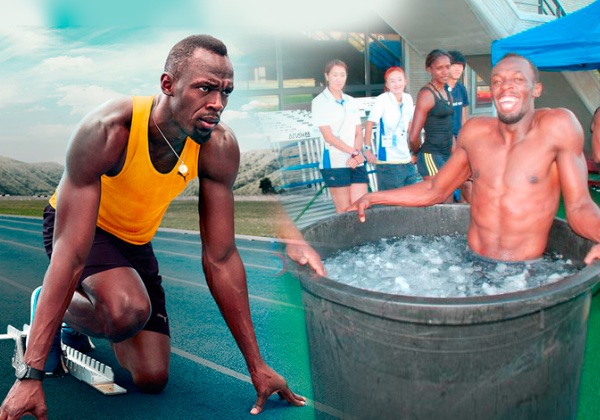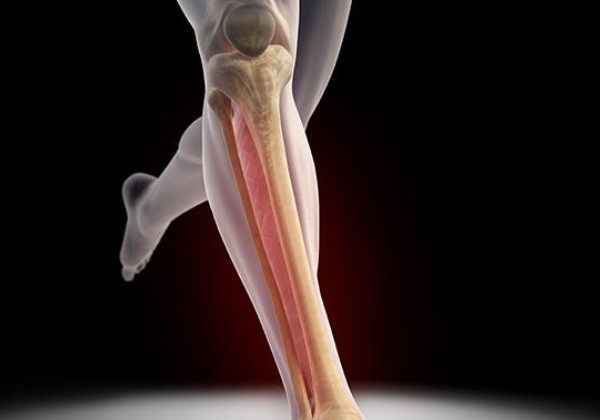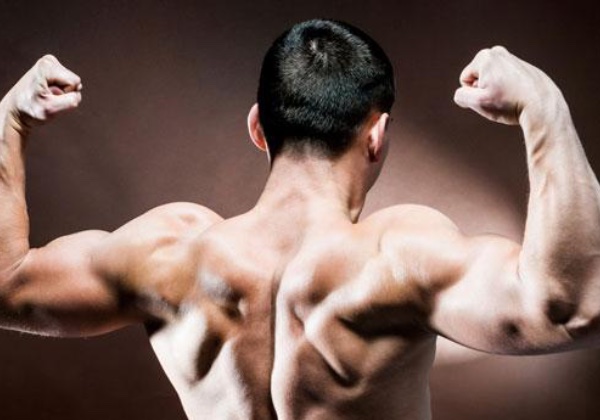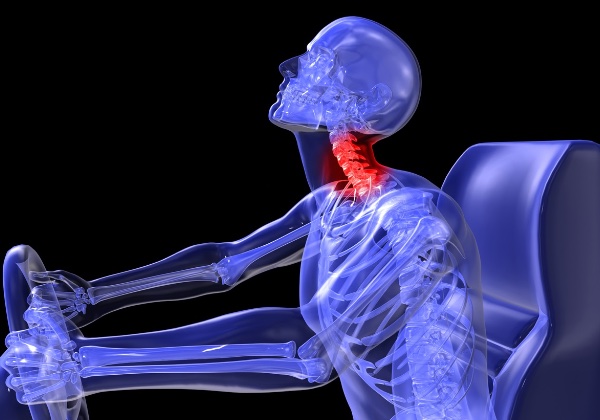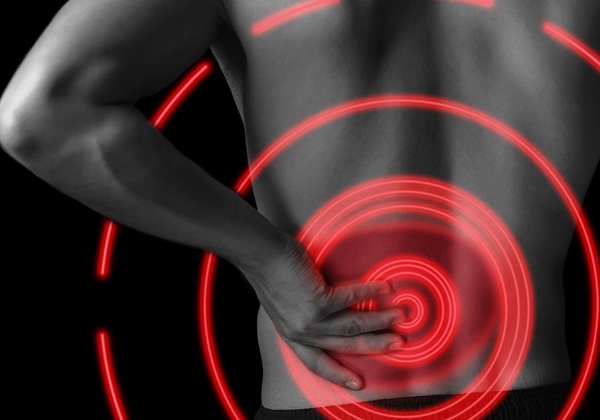What Is The Cause Of My Back Pain?
I’m going to begin by asking you a question. How many of you have experienced back pain? I’m going to talk about why so many of us have back pain. We begin our process of muscle development even before we’re born. And in a baby just a few weeks old, you can already see that abdominal muscle activity accompanies head, arm and leg movements and that muscle training is what will allow the baby to roll. Then sit, then crawl, then stand and walk. Soon the child will squat and for quite some time. They’ll squat whenever they want something on the ground or if they need more stability to play. This muscular training gets us off to a great start, despite a fair amount of sitting in car seats and carriers, highchairs and strollers. That’s because in between all that, children are still running, jumping, reaching and squatting.
How We Un-Learn Good Movement Habits
But then we take these amazing little bodies and put them into school. I don’t know about the chairs you had in school but in mine, it was nearly impossible not to slump. Possibly like the one size fits all chairs you’re sitting in now. Even if not slumping, children sit for hours every day while they’re growing. The muscles in a shortened (cramped) position are adapting to being short, acting stronger and reacting more quickly than other muscles. While muscles in a lengthened (stretched) position are adapting to being long, acting weaker and reacting more slowly, so children’s muscles are already training to be imbalanced. Sitting also alters our flexibility. We become more flexible in our spine and less flexible in our legs. As a result, children begin bending over from the waist rather than squatting to pick things up. And this only increases as they get older. And that is a shame because squatting is very good for us.
Squatting Is Severely Underrated
In fact, squatting helps maintain the flexibility and strength of our legs and pelvic floor, the muscles at the base of our spine that support our pelvic organs. So this change from squatting to bending over and chair-sitting may lead not only to back pain but ultimately, to balance dysfunction, joint degeneration and pelvic floor disorders. As we move from childhood to adulthood, we become stronger in the muscles that are already strong. Better in the actions we are already good at. Instead of the variety of movements we had as young children, we become adults who repeat movements. How many of you get out of bed on the same side every morning? We may step into our clothes with the same leg first, reach into our closets with the same arm, even exercise can be repetitive.
Living In A Modern Society
We live in a modern society, but we each respond differently to modern conveniences. Our height, shape and proportions cause us to interact uniquely with our environment and to adapt to activities and traumas we’ve experienced. This helps some of us develop a healthy movement system while the rest of us develop a painful one. In fact, at least 80 percent of us will develop back pain at some point in our adult lives. And while chronic back pain is challenging to measure, at least 10 percent of us will have back pain that lasts for three months or longer. If you’re an adult who has pain, can you stretch your stiff muscles? Can you strengthen your weak muscles if you already have muscle imbalance? These are interesting questions because muscles are like springs. And like these springs, it’s much easier to stretch what is already flexible. And in a similar way, it’s much easier to strengthen what is already strong.
The Story Of The Runner
Here’s an interesting story: An avid runner thought surely his slight back pain will subside. It began to take longer and longer to prepare, to run, and to stretch out after running. Eventually, the only time he didn’t have back pain was when he was running. And finally, his back pain escalated to the point that he had to stop running. Unfortunately, the back pain didn’t stop and he wondered “what’s the cause of my back pain”? Is this something that sounds all too familiar? People develop specific patterns of movement from their muscle imbalances and the interactions of their bodies with their daily activities. Those with back pain turn on their more powerful arm and leg muscles first, where people who do not have back pain turn on their core muscles first. Even the healthiest, most athletic individuals can develop patterns of movement that put their bodies in jeopardy.
Tight Hip Flexors, Weak Core Muscles
When evaluating athletes with back pain, we find that strong hip flexor muscles often overpower weaker core abdominal muscles. You’d think doing sit-ups every day would help strengthen abdominal muscles so that they would protect and stabilize their spine. However, there’s more to the story than doing very simple, one-directional exercises. Gentle coordination movements designed to get back in touch with core abdominal muscles is a great place to start. This will help strengthen the core so it can participate with, rather than be overpowered by stronger leg muscles. But strengthening weak muscles is really challenging. Athlete or not, because our brains are in great communication with our strong muscles and not in great communication with our weak muscles. So most exercises will help our strong muscles get stronger. Or at best, help our weak and strong muscles get stronger together. To really strengthen our weak muscles, we need to give those muscles exercises that are gentle and precise enough that they can communicate with our brain and do them movement. We’re asking them to activate without being overpowered by their stronger counterparts. Before we talk more about how we do that, let’s clarify what the core is. We have core muscles throughout our body.
In fact, every joint has precise core stabilizing muscles. Our abdominal core muscles protect and stabilize our spine. Having a six pack like my patient does not mean you have a strong abdominal core. The six pack, which is called rectus abdominals, is a narrow band of muscles from our ribs to our pubic bones. The core abdominal muscles include rectus abdominals, but also include the much broader oblique and transverse abdominal muscles. They all function together to narrow our waist and ribs like a corset. They stabilize our spine through their circumferential attachments to the ribs above the pelvis, and to the fascia a kind of connective tissue in the back.
Breathing To Activate Your Core
Some people use intra-abdominal pressure thinking they’re using their core abdominal muscles but being able to make your belly firm doesn’t mean you have a strong core. We use that firm outward pressure every day. All day, in fact. It helps us produce sounds like the ones you’d use when talking. It’s the pressure behind a cough. And I’m pretty sure you’ve felt it stiffen your midsection when you lift. But if you use that firm outward pressure to brace your spine without also using your abdominal muscles to narrow and stabilize your spine, you might not be protecting your spine from injury. Because we’ve each had our own unique interaction with our environment. We might each need our own individual exercise program. But there is an exercise where most can begin and that is activate or turn on our core abdominal muscles. Which along with our pelvic floor, is the core of our entire body. We begin with a big belly breath. When we lengthen our abdominal muscles. We send a message right from our abdominal muscles to our brain to say, hey, pay attention to me.
Need To Teach Our Brains Core Activation
And when we exhale with a little bit of resistance, our abdominal muscles automatically turn on because they know how to help us exhale against a little resistance. So when we turn our abdominal muscles on using techniques they already know, it lets our brain be aware of their other functions, one of which is to stabilize our spine. Would you like to try it? If you can please stand up right now. It helps to place your hands on your torso so your thumbs, feel your ribs and your fingertips feel your belly. Very slowly. Take a big belly breath. Notice how your ribs and belly expand very quietly. Notice how your ribs and belly narrow continue that narrowing if you can, and when you’re finished and you relax your abdominal muscles. If you felt your ribs and belly expand again, congratulations. You just did an abdominal contraction. Feel free to try it again. I’d like to leave you with three suggestions:
First – Engage your core.
Practice that core abdominal muscle activation exercise 10 times a day. That’s just three minutes to reintroduce your brain and your abdominal muscles to one another.
Second – Increase your activity.
Walk, take the stairs if you can, squat to reach low surfaces rather than bending over from your waist. You can even practice squatting every time you sit down and stand up from your chair.
Third – Vary your movements.
If you have to sit (and this is especially true for children) then take standing breaks 20 seconds every 20 minutes or one minute an hour. If your arms are in a fixed position, reach overhead or out to the side, and if you really want to challenge, begin to think of all of the movements that you repeat every day and think about what you could vary.
You could also begin by sleeping on the other side of your bed tonight and tomorrow when you get up. You’ll have a whole new perspective on all the movements you’re making over the day. Then you’ll have the answer to “what’s the cause of my back pain”?

